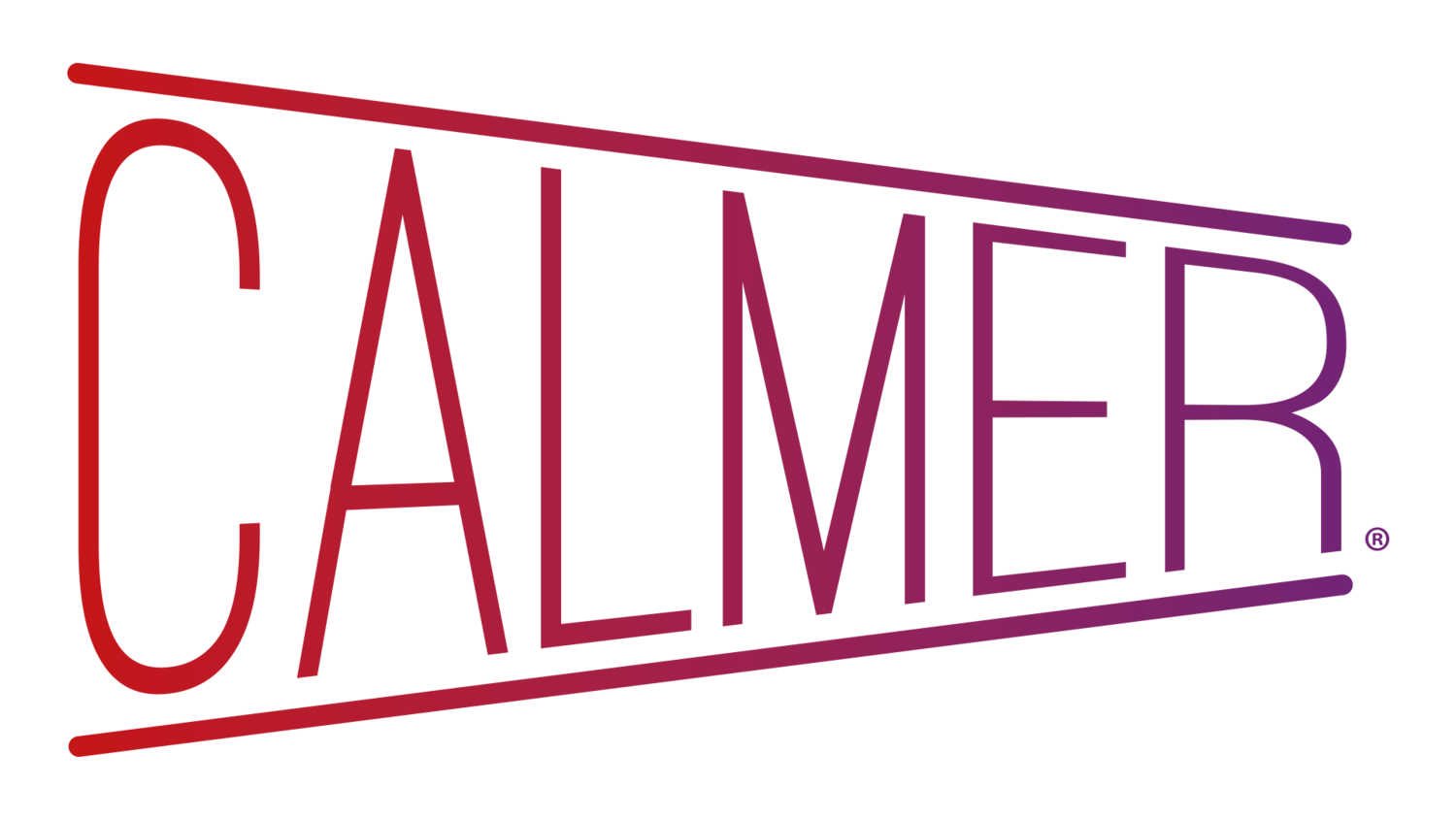Stress can show itself in so many different ways, and often at inconvenient times. Often, it’s not possible to practice self-care, especially when feeling overwhelmed at work or during a difficult period running your own business.
However, there are a number of ways you can reduce stress and promote relaxation at work. Breathing exercises are one such method: they don’t require any additional equipment, or even the need to leave your desk.
Discover how to harness the positive power of breathing exercises in this guide, which also explains the health benefits of practicing deep breathing on a regular basis.
How do breathing exercises reduce stress?
Breathing exercises can reduce stress by increasing oxygen exchange, which reduces your blood pressure, slows the heart, and releases any tension held in the abdomen. These physical changes also benefit your mental state - concentrating on your breath can bring you into the present, in a state of mindfulness.
Breathing exercises are particularly effective during periods of stress, when your body is in “fight or flight” mode. This state of mind increases your heartbeat, as well as encourages fast, shallow breathing patterns, due to the feeling of an imminent danger. Fortunately, in today’s world, the dangers that trigger fight or flight mode are often less harmful than predators; they tend to be stressful situations or experiences that cause anxiety.
What are the benefits of breathing exercises?
According to Harvard Medical School, deep breathing exercises provide a number of medical benefits:
Increased oxygen exchange
Slower heartbeat
Lower or stabilised blood pressure
Reduction of tension in the abdomen
Reduction in feelings of stress or anxiety
While breathing exercises may not be a full stress-management technique, they are clinically proven to lessen the symptoms of stress or anxiety, and can be employed whenever and wherever needed.
In fact, the NHS recommends practicing breathing exercises on a regular basis, or even as part of a daily routine.
How to practice diaphragmatic breathing
One of the simplest breathing exercises you can do is diaphragmatic breathing, also known as belly breathing. This conscious breathing technique engages the diaphragm, a dome-shaped muscle under the lungs that is the most efficient muscle of breathing, and can be used to lessen the symptoms of stress, anxiety and panic alongside other health benefits. Regularly breathing in this way, as well as tapping into this breath pattern in times of stress, can have a direct positive effect on your mind and body after just a few minutes…
DIAPHRAGMATIC BREATHING TUTORIAL
Start by getting comfortable. Loosen any restrictive clothing, and find a position that is comfortable for you - this may be sitting down, laying down, or if that’s not possible, standing up.
In your comfortable position, rest your feet on the floor, and place one hand on your chest, and the other hand on your belly.Through your nose, let your breath flow deep down into your abdomen, feeling your belly expand into the hand above it. The hand above your chest wants to remain as still as possible.Breathe out through pursed lips, slow and steady.Repeat steps 3 and 4, concentrating on your technique and timing, taking slower and deeper breaths than your regular breathing pattern, in and out.
Continue for 3-5 minutes, or until you feel calmer.
ADD A COUNTING PATTERN TO YOUR DEEP BREATHING
Once you have gotten used to breathing deeply using your diaphragm, you might try adding a counting pattern to help focus the mind and down-regulate your physical stress response. Remember to go at your own pace, especially if you are new to conscious breathing and/or are working with cardio-respiratory conditions.
3-4 Breathing
Count to 3 on each inhale, and exhale for 4 counts. As long as each inhale is noticeably shorter than each exhale, you can take this pattern at a pace that feels good for you. Try this if your thoughts are distracting you from sleep, or after a sweaty workout when your heart is racing.
5-5 Breathing
Count to 5 on each inhale and exhale. Gradually increase the time between each count until each count represents 1 second, so that each complete breath cycle takes 10 seconds. This can be done at any time, at any place, when you want to calm your nerves and take a moment for yourself.
4-1-7 Breathing
One to try when you are comfortably breathing 5-5 at 1 second per count.
Count to 4 on each inhale, hold the breath for 1 count, and exhale for 7 counts. The brief breath hold helps to strengthen your breathing muscles, while the long exhale relative to inhale is particularly effective for combating stress and anxiety.
Read more about how breathing can support your mental health.
Practice more breathing exercises with our Mindfulness guides and ecourses
We hope the above deep breathing exercise has helped you to feel a little calmer, and clearer. If you’d like more breathing exercises to follow, take a look at our range of Mindfulness ecourses, designed nurture your mental health and wellbeing in work and in life at anytime.
Breathing exercises make up a core part of each ecourse, with video-led exercises taken by expert practitioners. Learn how to:
Practice box breath with Tania Diggory
Connect your mind and breath with Valerie Teh
And many more!

